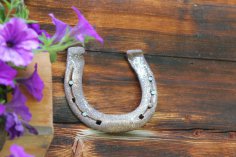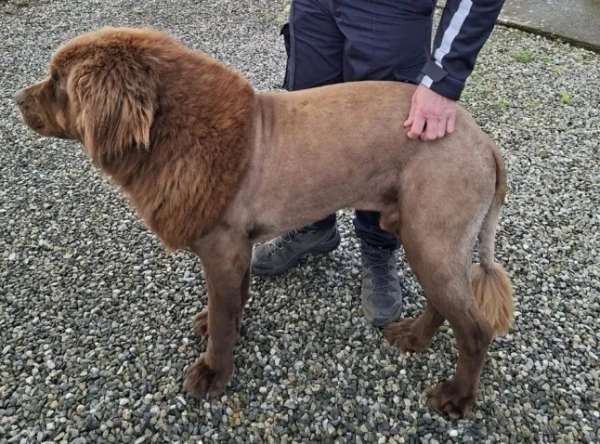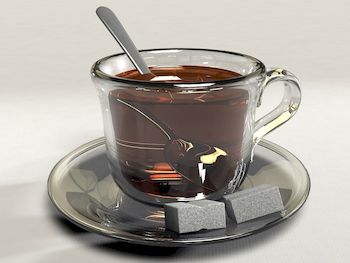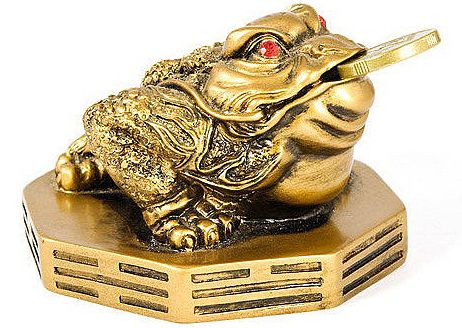
The horseshoe has been considered one of the most popular good luck amulets since the Middle Ages – it protects the home and its inhabitants from evil forces. Furthermore, this amulet protects the home from thieves, bringing only happiness and prosperity.
To ensure the horseshoe talisman has a positive impact on your life, it is recommended to study the symbol's meaning, familiarize yourself with the rules for choosing and activating it, and the best places to place it.
Why did the horseshoe become a talisman?
There is a popular belief that any evil spirit constantly walks in circles, and if one of the demons lands on a horseshoe, they find themselves trapped, forced to move endlessly from one end to the other.
The Slavs associate the protective functions of the amulet with the horse, which is considered the breadwinner of the family and symbolizes prosperity.
How to choose the right horseshoe
The most powerful amulet is a horseshoe that was previously used on a horse—it is charged with the stallion's strength and the energy of the earth. When purchasing, it is also recommended to choose items made of metal—it accumulates and evenly distributes the energy better than other materials.
Metal talismans, depending on their color, have different effects:
- steel – protects against burns and skin diseases;
- gold – gets rid of bad thoughts, gives confidence, helps to achieve success in any endeavor;
- copper – eliminates gastrointestinal tract disorders and symptoms of depression;
- silver – protects against damage and any witchcraft.
You cannot steal such an amulet, otherwise instead of benefit it will bring negative energy, illness and poverty into the house.
What does a horseshoe found by chance mean?
Finding a horseshoe by chance is considered a good omen—improvements in your financial situation, work, or home life are imminent. This amulet is one of the most effective for protecting the home from the evil eye and envious people.
If you see a horseshoe fall off a horse's hoof before your eyes, you should pick it up and, holding it tightly in your hand, think about your deepest desire, then spit on it, throw it over your left shoulder and walk away without looking back.
How to hang a horseshoe correctly
The amulet should be attached to a string or a single nail—this way, the owner of the house demonstrates the amulet's power and significance. A horseshoe for good luck is hung above the front door in an apartment or house as follows:
In Russia, with the horns down, it fills the home with positive energy and helps improve relationships between all residents.
In Eastern countries, with the horns pointing upwards, it brings not only happiness but also financial well-being to the inhabitants of the house.
In Mexico, the horseshoe is revered as a household amulet—it's hung as high as possible, with the ends up, after being adorned with coins or images of saints. Guests are forbidden from touching the talisman, as this is perceived as desecrating it and disrespecting the household.
Mystics believe that a horseshoe hanging with its ends up above the door attracts cosmic energy, while a horseshoe hanging with its ends down drains this energy into the ground and brings no benefit to the owner of the house or his family.
Therefore, to attract success and good fortune into the home, it is recommended to hang the amulet with the horns facing upward and inside the home. To protect against evil spirits or the negative energy of envious people, the talisman should be placed outside the home, with the ends facing downward.
Hanging an amulet above a window can also protect your home from evil spirits. If someone frequently suffers from nightmares, attaching an amulet to the outside of the bedroom window can help normalize sleep and boost vitality.
A horseshoe hung over a stove will help an unmarried girl meet her soulmate in the near future.
The talisman should not be hung above doors connecting rooms – the ends of the horseshoe will attract the energy of the residents, which can negatively affect the health of both people and animals.
The power of a handmade talisman
You can make a horseshoe amulet for yourself or as a gift for a loved one. The symbol can be made from cardboard, any metal, clay, or other materials—the key is to focus on positive emotions while creating.
When creating a talisman, you need to follow a number of recommendations:
- start work with pure thoughts;
- When making an amulet as a gift, imagine the image of the person for whom it is intended;
- do not make an amulet for yourself – it will not have strong protective properties, unlike one given as a gift;
- refuse to work while sick.
The completed and pre-charged pendant can be hung in the car to protect against accidents while traveling, or worn at all times to attract good luck.
How to activate the amulet
Once you've made a horseshoe for good luck and prosperity with your own hands or purchased a ready-made amulet, it must be properly activated, following a few rules:
- the ritual is performed alone and in complete silence;
- First, you need to draw a five-pointed star enclosed in a circle on the table with white chalk,
- or apply this sign with acrylic paints on a piece of fabric;
- Next, a candle is placed at each end of the symbol, and a horseshoe is placed in the center with its horns facing upwards;
- After the candles are lit, you need to mentally ask the talisman to bring happiness and good luck to your home and protect you from ill-wishers.
The amulet should not be touched until the candles have completely burned out, after which it can be secured in the chosen location or placed in a purse or wallet. It is also recommended that before hanging the amulet, each household member hold it for a few seconds, after which the head of the household should walk around the house three times clockwise holding the horseshoe.
A horseshoe symbolizes success and helps replenish a lack of positive energy, so don't hesitate to purchase this indispensable amulet of happiness for yourself or your loved ones. The key is to truly believe in the amulet's power—only then will it be beneficial.





